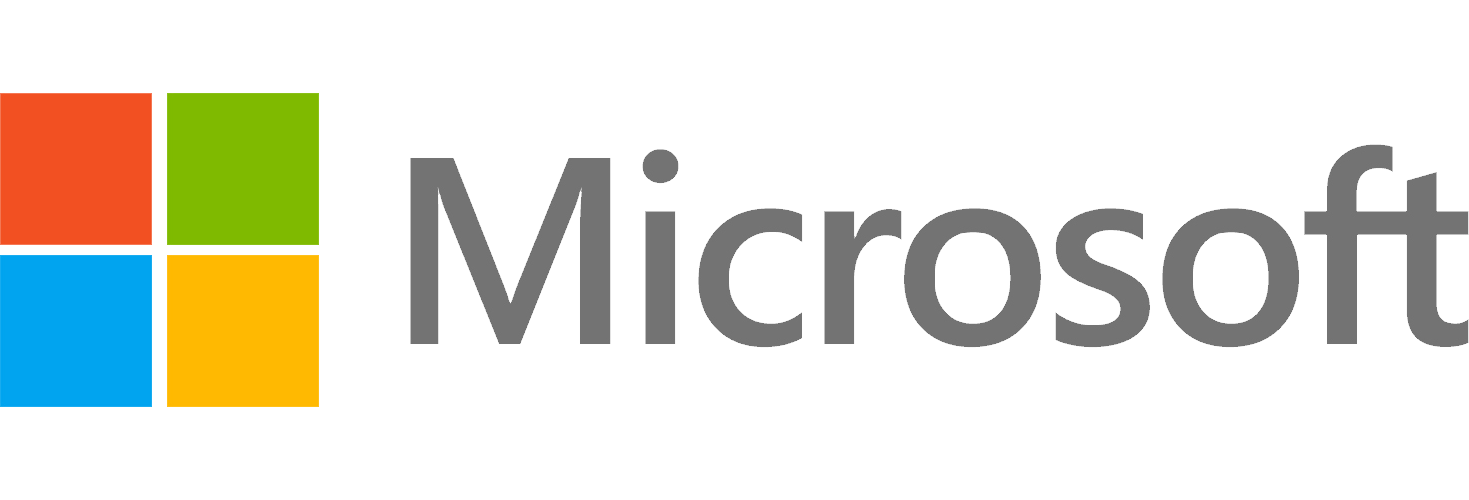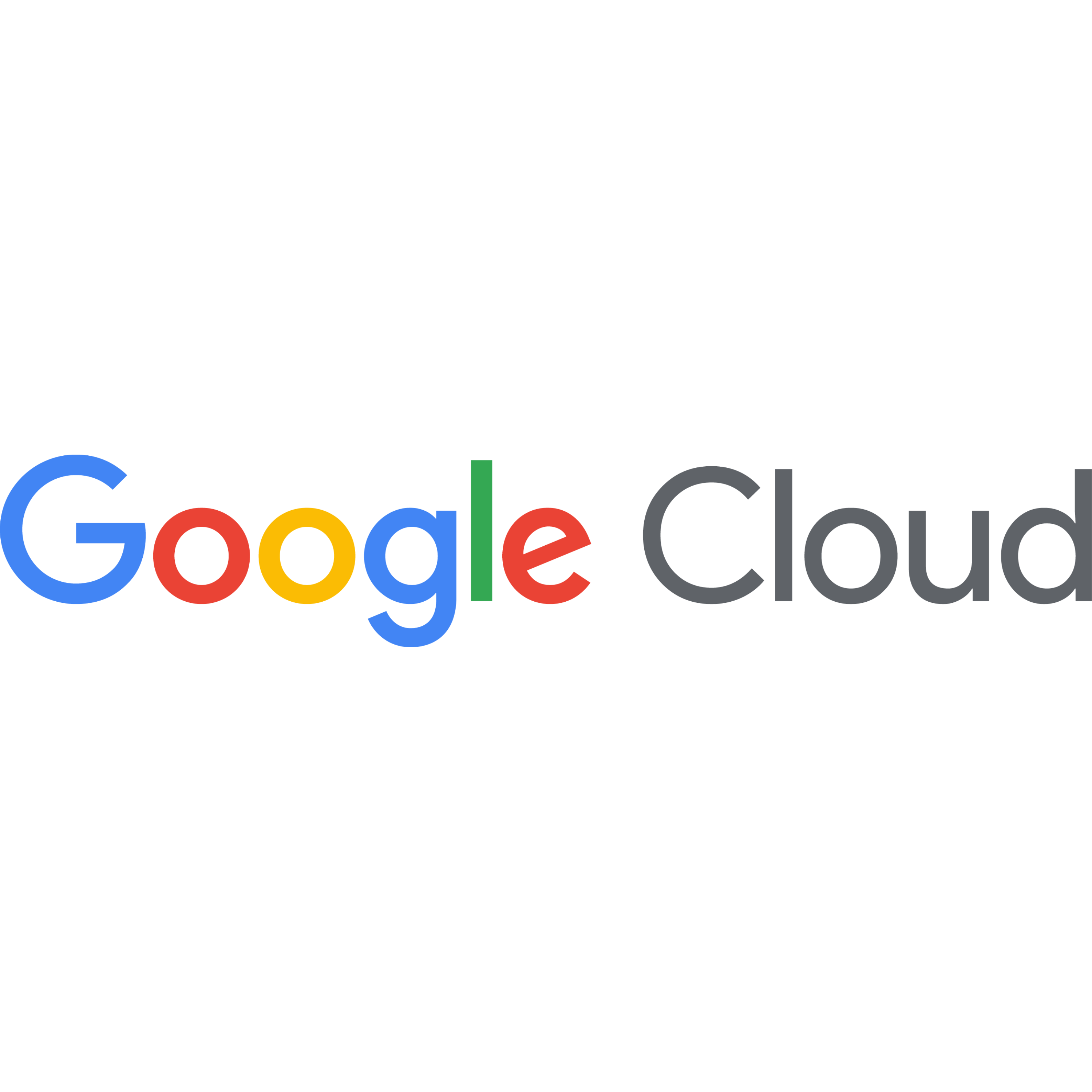
While AWS and Microsoft have unquestionably been the dominant cloud players until now, here in the early days of the “AI cloud” the big customer-demand momentum is clearly swinging toward the much smaller but more disruptive hyperscalers, Google Cloud and Oracle.
Now, I realize you might look at that and say, “Evans, you’re even more loony than usual — didn’t you see that for Q3 Microsoft Cloud revenue was up 22% to $38.9 billion and AWS was up 19% to $27.5 billion?!?” And my reply would be, “Yep — I saw those excellent results and have to say that latest round of evidence shows that the enterprise cloud truly deserves the label of ‘the greatest growth market the world has ever known.’ “
As further proof, for the quarter ended September 30 both Microsoft and AWS pulled off an extremely difficult feat: Microsoft managed to boost its growth rate to 22% from the previous quarter’s 21% in spite of its massive and rising revenue base, while AWS maintained the 19% growth rate it achieved in Q2. Those are, by all measures, outstanding results.
But look at what Google Cloud did in Q3: revenue soared 35% to $11.35 billion, following Q2’s increase of 28.8% to $10.35 billion.

AI Agent & Copilot Summit is an AI-first event to define opportunities, impact, and outcomes with Microsoft Copilot and agents. Building on its 2025 success, the 2026 event takes place March 17-19 in San Diego. Get more details.
So, from calendar Q2 to Q3, while Microsoft boosted its growth rate by one point to 22% and AWS’s held steady at 19%, Google Cloud’s jumped by more than 6 points to 35%. And that is an unmistakable indication that customer demand and market momentum for Google Cloud are accelerating considerably faster than they are for Microsoft and AWS, regardless of the revenue sizes.
And that upward tilt from Google Cloud is not an aberration — it reflects a trend that’s been building for the past 5 quarters. I realize I’ve been throwing a lot of numbers at you, so let me try to make it more clear with this table showing cloud-revenue totals and growth rates for the past 5 quarters:
| FY23 Q3 | FY23 Q4 | FY24 Q1 | FY24 Q2 | FY24 Q3 | |
|---|---|---|---|---|---|
| Microsoft Cloud Revenue | $31.8B | $33.7B | $35.1B | $36.8B | $38.9B |
| Microsoft Growth Rates | 24% | 24% | 23% | 21% | 22% |
| Google Cloud Cloud Revenue | $8.41B | $9.2B | $9.6B | $10.35B | $11.35B |
| Google Cloud Growth Rates | 22.5% | 25.7% | 28.4% | 28.8% | 35.0% |
| AWS Cloud Revenue | $23.1B | $24.2B | $25.0B | $26.3B | $27.5B |
| AWS Growth Rates | 12% | 13% | 17% | 19% | 19% |
- If you look at the growth rates across those 5 quarters, you’ll see that: Microsoft’s was sliding downward until the re-acceleration in Q3.
- AWS’s was rising until leveling off in Q3.
- Google Cloud is the only one to have accelerated in every single one of the past 5 quarters, topping that off with an enormous jump from Q2’s 28.8% to Q3’s 35%.
- In the same 3 months, during which AWS’s growth rate leveled off and Microsoft’s went up 1 point, Google Cloud’s spiked by 6.2 points.
The Oracle factor
Let me first put the current size of Oracle’s cloud business into perspective versus its three much-larger competitors: for the quarter ended Aug. 31, Oracle’s cloud revenue was $5.7 billion, which means Microsoft’s cloud revenue is 7X larger, AWS’s is 5X larger, and Google Cloud’s is 2X larger.
But I’ve included Oracle alongside Google Cloud as the new pace-setters in the “AI Cloud” because of a stunning financial metric that has emerged for Oracle over the past four quarters: RPO, or Remaining Performance Obligation, which is contracted business not yet recognized as revenue. It’s a powerful indicator of pipeline strength and future momentum, and let me share these eye-popping Oracle RPO numbers — dollar volume and growth rate — for the past 4 quarters:
| FY24 Q2 | FY24 Q3 | FY24 Q4 | FY25 Q1 | |
|---|---|---|---|---|
| $ Volume | $65B | $80B | $98B | $99B |
| Growth Rate | No % available | 29% | 44% | 53% |
Final Thoughts
Here’s one more telling detail that reveals Google Cloud’s outsized momentum in spite of the fact that AWS revenue is more than 2X that of Google Cloud. From Q2 to Q3, AWS revenue rose by $1.2 billion, and Google Cloud revenue rose by $1.0 billion. So, regardless of the big gap in total quarterly revenue, Google Cloud gained almost as much new revenue in the quarter ($1.0 billion) as did AWS ($1.2 billion).
And it comes down to software: While AWS is the undisputed king of cloud infrastructure, customers today in the AI Era want much, much more from the cloud than just infrastructure — and Google Cloud and Oracle are setting a blistering new pace for this next chapter in the greatest growth market the world has ever known.
Ask Cloud Wars AI Agent about this analysis













